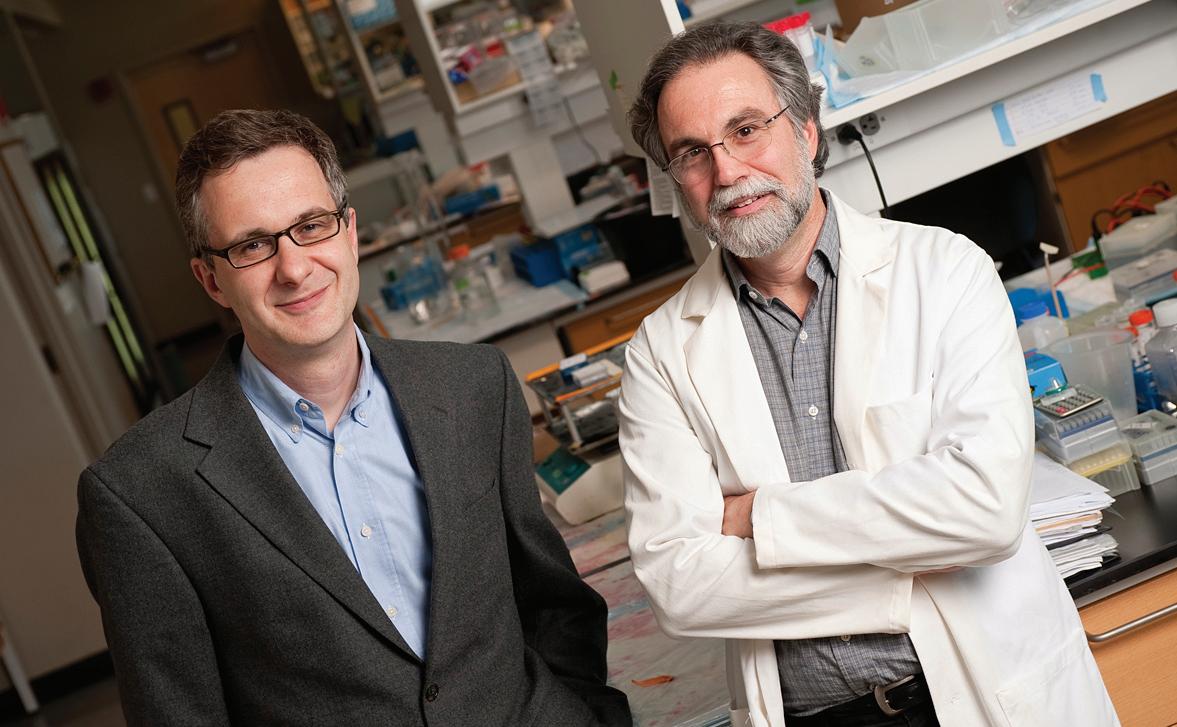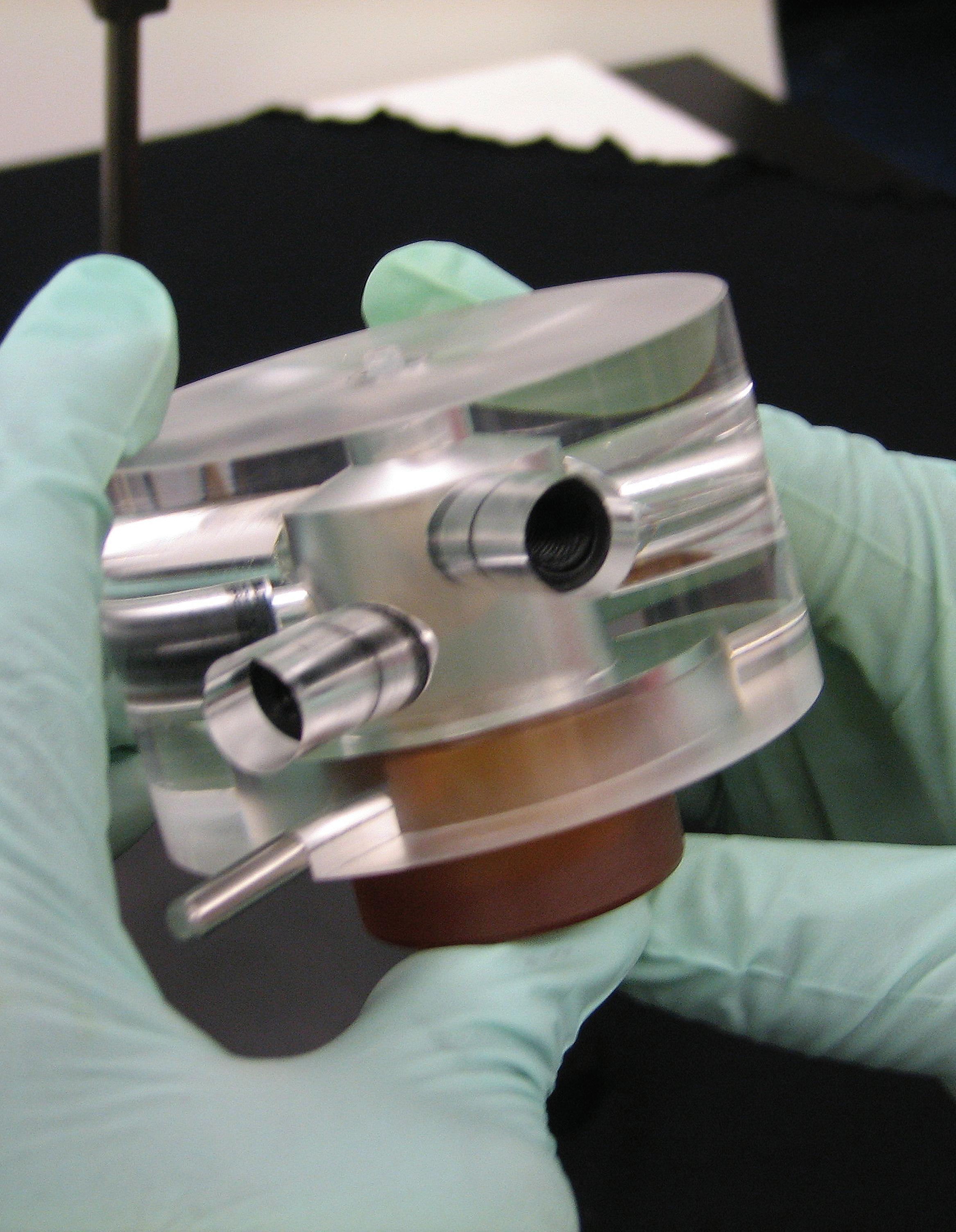Building Bone from Stem Cells Bioreactor Could Propel Regenerative Medicine to the Next Level
By JaCoB koSkIMakI
R
Custom-designed perfusion bioreactor for cultivation of anatomically-shaped human temporomandibular joint (TMJ) bone grafts. Photo: Keith Yeager
16 | Johns Hopkins NanoBio Magazine
egenerative medicine may offer hope for those afflicted with injury, birth defects or disease by having damaged tissues and organs replaced by those grown in cell culture. Yet, the complex biological and engineering challenges required for making a functional organ in a laboratory have limited advancements in the field. Using a specially designed bioreactor and stem cells harvested from a patient’s own body, Warren Grayson, an assistant professor of Biomedical Engineering at Johns Hopkins University School of Medicine, may have cleared a hurdle on some of those limits to grow one of the most complex joints in the human body. Grayson, an affiliated faculty member of Johns Hopkins Institute for NanoBioTechnology, and his colleague Gordana VunjakNovakovic from the Columbia University Laboratory for Stem Cells and Tissue Engineering, designed a method for using stem cells to grow a biologically viable temporomandibular joint (TMJ) The TMJ is the joint linking the jaw to the base of the skull. The method, developed prior to Grayson joining the Johns Hopkins faculty, uses a bioreactor design that can be tailor-made to the anatomy of individual patients.
















